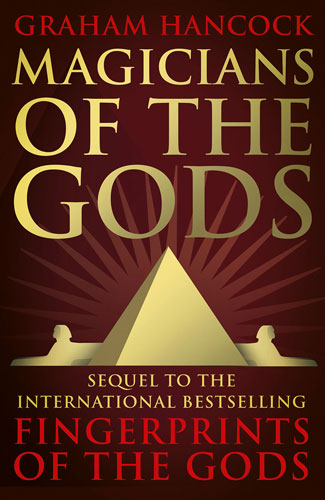News Desk
Researchers looked at the impact of climate on 17-million-year-old tooth fossils.

A new kind of “phase transition” in water was first proposed 30 years ago in a study by researchers from Boston University. Because the transition has been predicted to occur at supercooled conditions, however, confirming its existence has been a challenge.

It isn’t alive, and has no structures even approaching the complexity of the brain, but a compound called vanadium dioxide is capable of ‘remembering’ previous external stimuli, researchers have found.
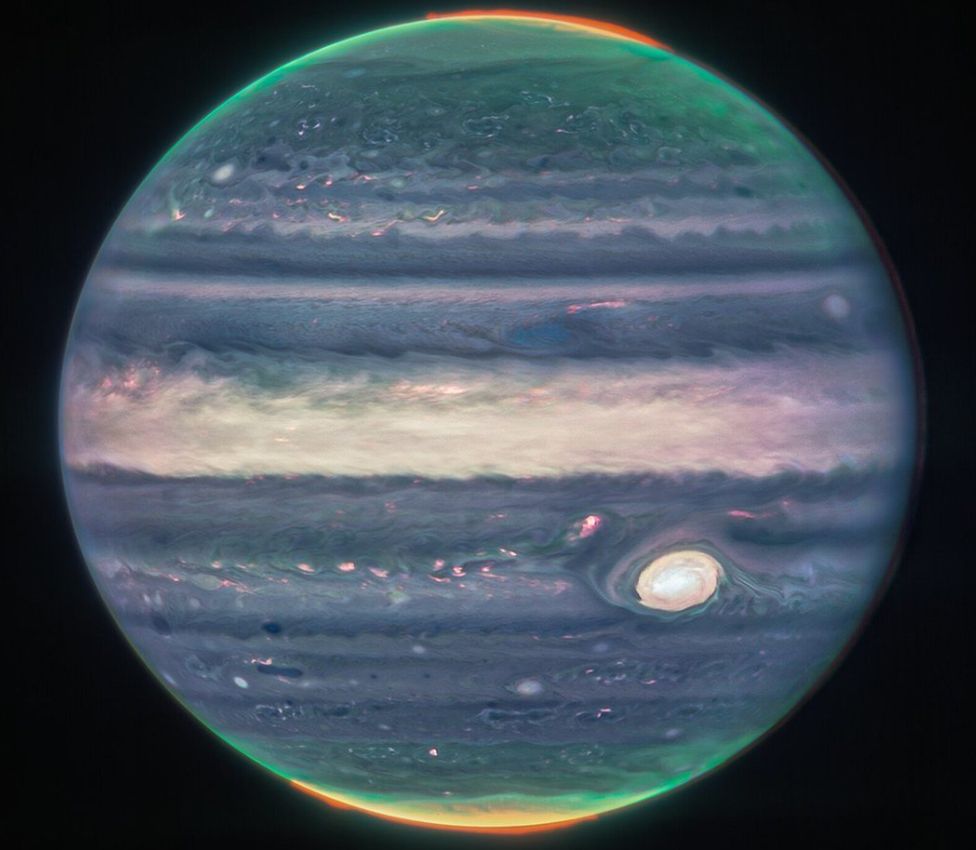
The world’s largest and most powerful space telescope has revealed unprecedented views of Jupiter.

It is believed to be the Welsh Atlantis, a lost land lying below the water at Cardigan Bay. For at least 800 years, tales have been told of the legend of Cantre’r Gwaelod, but evidence that it really existed has been scant.
An extraordinary megaflood occurred 5 million years ago as the Mediterranean rose 10 metres a day!

A team of researchers affiliated with several institutions in Argentina has found chromosomal evidence of people living in South America as far back as 18,000 years ago. The group has published a paper describing their work and findings on the open access site PLOS ONE.

Archaeologists say the prehistoric site in Huelva province could be one of the largest of its kind in Europe.
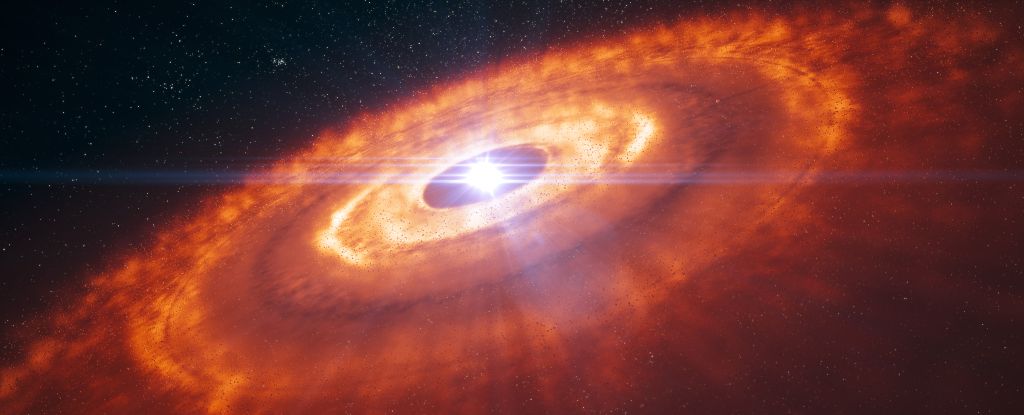
Tiny fragments of rock brought back from an asteroid in near-Earth solar orbit are so old, they predate the Solar System.

In the wake of a growing mental health crisis, the feds get ready for legal psychedelic therapy.
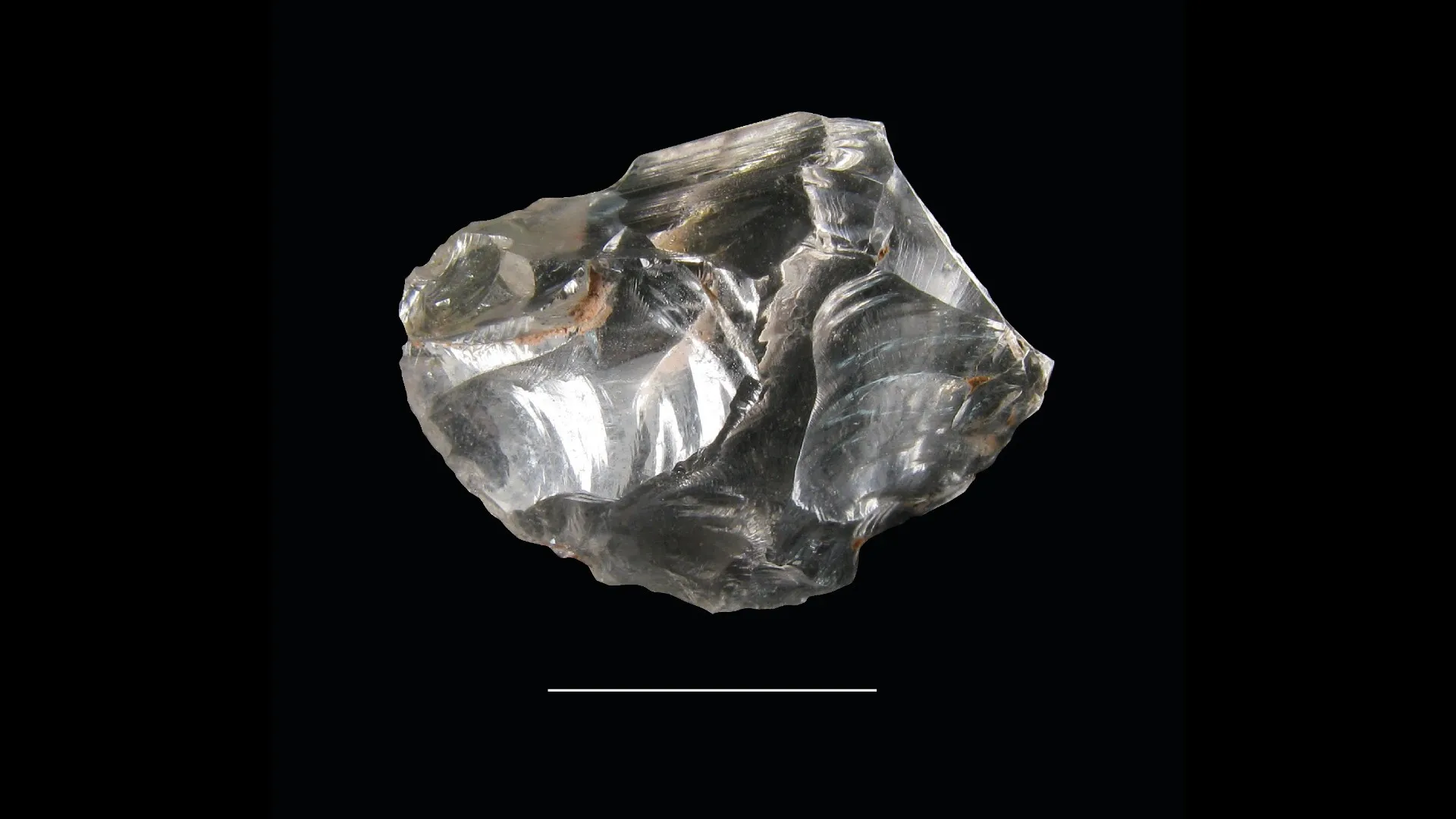
The rock crystals were likely brought to the site from a source more than 80 miles (130 kilometers) away, over mountainous terrain, and the crystals appear to have been carefully broken into much smaller pieces, possibly during a community gathering to watch the working of what must have seemed like a magical material
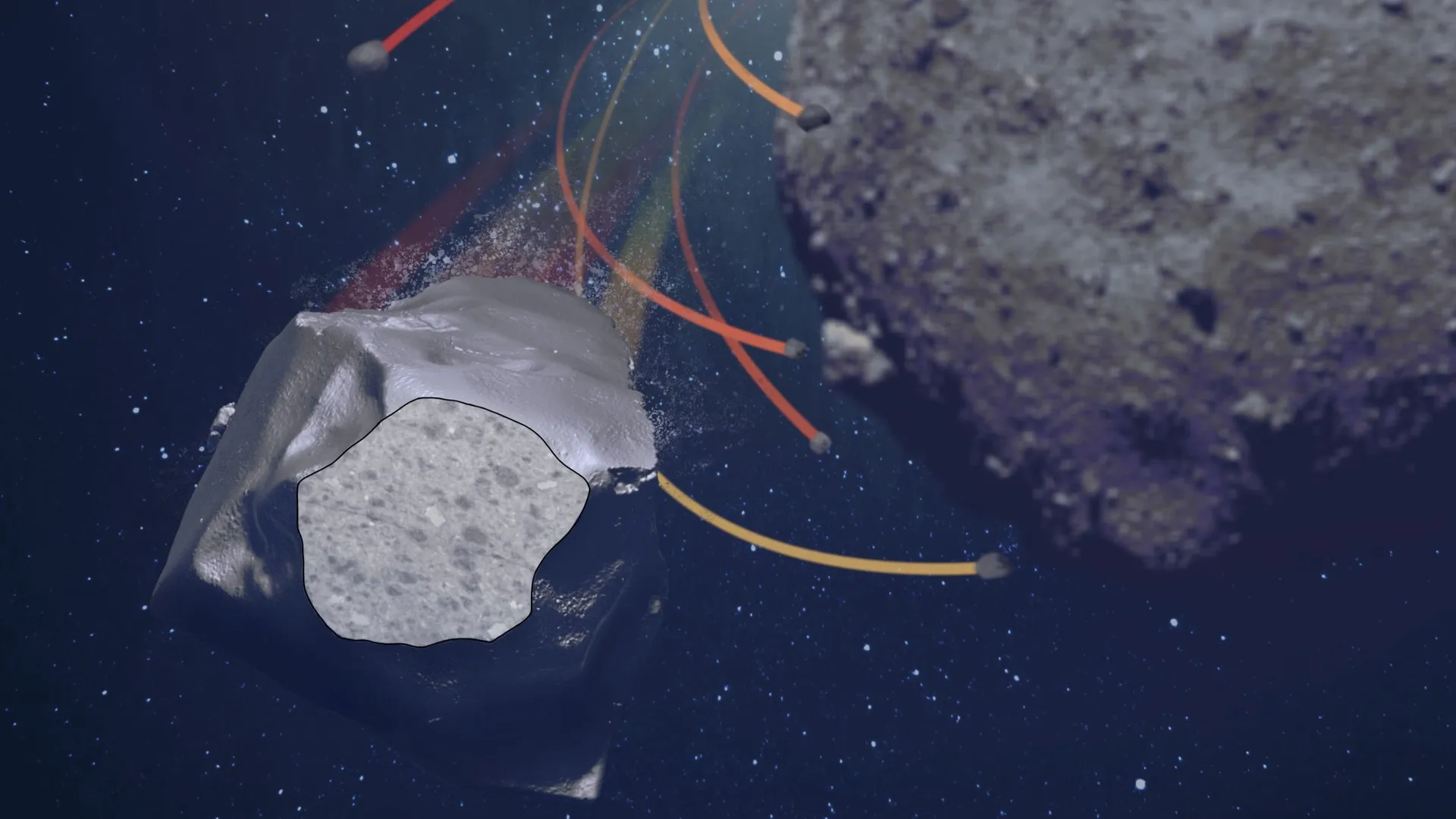
A new study of a meteorite that landed on Earth reveals how this asteroid activity occurs. Small collisions can dislodge the pebbles, which shoot off the asteroid but fall back, drawn in by the space rock’s gravitational pull.

New research suggests that improvements in personal development and self-insight act as a pathway between post-psychedelic integration practices and optimal well-being. The study, which appears in the Journal of Humanistic Psychology, provides evidence that this is the case for both clinical and non-clinical populations.
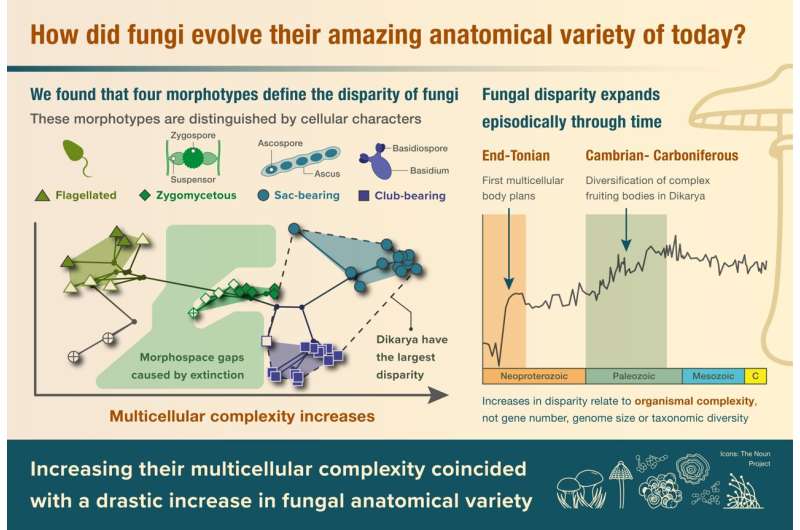
Scientists at the University of Bristol have discovered that the vast anatomical variety of fungi stems from evolutionary increases in multicellular complexity.

A team of archaeologists uncovered the Neolithic-era remains using laser scanning, aerial photography, drones, and various forms of surveying. The scientists located the settlement at Al-Faw, an archaeological site that has previously turned up evidence of a strong trade network that sustained an ancient city.

Controversy over Google’s AI program is raising questions about just how powerful it is. Is it even safe?








